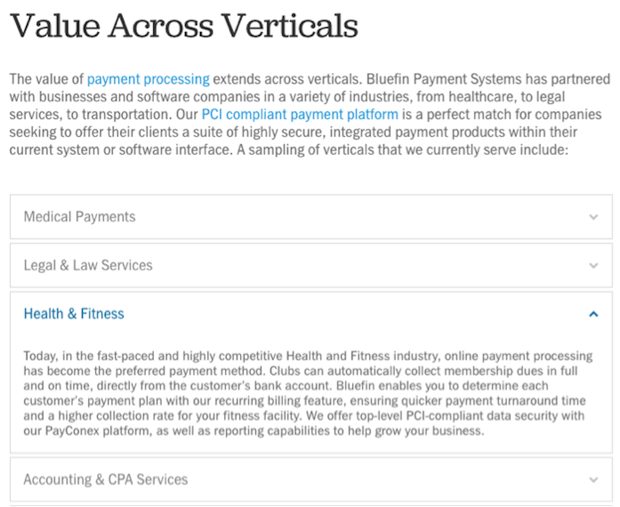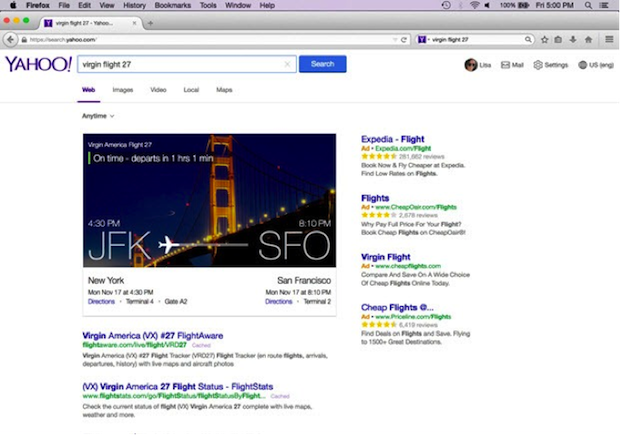What's New in SEO

The hustle and bustle of gearing up for holiday season isn’t the only busy part of the transition from fall to winter. With multiple algorithm updates from Google and some major shake-ups from Bing, Apple and Firefox, it has been a busy couple of months in the SEO industry. Keeping up with search trends and algorithm changes is paramount, so we’re recapping some major updates and news so you can stay up to date!
Penguin 3.0
Google began slowly rolling out Penguin 3.0 in mid-October and announced it would be a gradual refresh over several weeks. It has continued rolling out into the Thanksgiving holiday, with Google stating the ranking shuffle on Thanksgiving Day and during a busy Black Friday was directly related to this refresh.
More than a year after the last Penguin Update, Penguin 3.0 was said to have impacted less than 1% of US or English queries. It’s meant to help sites that have cleaned up their link profile over the past year recover and, of course, demote any sites with newly discovered, spammy link profiles. However, given that no new signals were added, the impact has been largely unremarkable up until Thanksgiving Day. The shifts in organic SERPs on Thanksgiving were reportedly sites recovering from the previous Penguin Updates.
Pirate 2.0
It has been over two years since Google launched the original Pirate Update, or DMCA Penalty, which targets software and digital media piracy websites. Under pressure from Hollywood and major digital media companies, Google launched a new update in late October. This algorithm penalizes websites with repeat copyright violations and is highly targeted, causing dramatic rankings drops for a very small number of sites. Torrent and free download sites were the big losers with this update.
Apple Maps Connect
When fighting the ongoing battle of securing and standardizing local listings, Apple Maps has long been the bane of local SEOs’ existence. Historically, it was impossible to find an official way to add your business to Apple Maps. You could try using the “Report A Problem” option to add it, but this was widely considered hopeless. The only other alternative Apple shared was to make sure your business was listed in Yelp and the major business listing data suppliers for Apple Maps: Acxiom, Factual, Localeze, etc. Unfortunately, even if a business was listed in all of these major data suppliers, it didn’t always translate to an accurate listing in Apple Maps.
As a result, Apple launched “Maps Connect” in late October—the new self-service local listings portal that allows you to add or edit your local business data directly in Apple Maps. It's intended for small business owners, with verification in real-time via phone calls. Apple says listings should be live within a week of verification.

As with most local listing providers, this tool is still not ideal for agencies with multiple clients. But this may change in the future. Apple has already shared information for submitting bulk uploads via third party providers who have a direct data pipe into Apple Maps. You can find that complete list here.
Duane Forrester Loses Job In Microsoft Layoffs
Duane Forrester, who worked at Microsoft for seven years and served for nearly fours years as Bing’s Senior Product Manager in charge of Webmaster Outreach, lost his job in Microsoft layoffs in late October. This was especially disheartening for SEOs as Forrester was Bing’s longest serving liaison to the SEO community. Forrester was effectively seen as the “Matt Cutts” of Bing.
This news comes in the wake of Matt Cutts announcing he will extend his current leave of absence from Google into 2015. Neither of the major search engines currently has a figurehead for interaction with the SEO industry. And with no comment from Bing on the layoff or any hints at a replacement, the future of Bing’s Webmaster Outreach and Webmaster Tools service is questionable.
Google Ignores Click to Expand Content
In May of this year, Google released a new Fetch as Google feature in the Webmaster Tools that allows users to see a full rendering of what Googlebot sees and, more importantly, what Googlebot doesn’t see. This led to numerous discussions about Google accessing and indexing content hidden within “click to expand” links. This design format is not only widely used, but has traditionally been seen as a user-friendly way of displaying content and keeping web pages clean and simple.

In a Google Webmaster Hangout with John Mueller in November, it was confirmed that Google does ignore your click to expand or tabbed content. The complete Google Webmaster Hangout video queued to this specific topic can be found here. Mueller stated that the content is discounted if Googlebot can recognize that the content is hidden in some way. The logic behind this is simple: if the user doesn’t see it, it must not be critical to the page. So if you want all of the content indexed within click to expand links or tabbed content, make it readily visible to the user.
Firefox Drops Google for Yahoo
Mozilla Firefox dropped a bombshell in late November when they announced that after 10 years, they are dropping Google as the U.S. search default and transitioning to Yahoo beginning in December. According the Mozilla blog, Firefox users conduct more than 100 billion searches a year. This should bump Yahoo’s search market share up by a few percentage points throughout the five-year partnership and also opens the door for future product integrations.

In conjunction with the launch, Yahoo will release a “new enhanced search experience that features a clean, modern interface that brings the best of the web front and center.” Mozilla published the screenshot shown above illustrating what Firefox users will see from the new default search experience.
Retaliation on Semalt
Throughout 2014, SEOs everywhere have been complaining about unusual referral traffic from Semalt.com showing up in Google Analytics. Semalt is an SEO startup that uses malware to crawl the web and spam server logs, which pollutes Google Analytics data. The problem is that the crawler uses the HTTP referrer header, which causes this bot traffic to appear in Analytics as referral traffic with 100% bounce rate. This referral spam is used by Semalt to drive traffic to their site to sell their monthly SEO services. A detailed explanation of Semalt and filters you can implement to exclude their bots can be found here.
At the end of the day, most SEOs agree that what Semalt is doing is fundamentally wrong and their careless, “oh well” attitude about it is frustrating. To retaliate, someone out there came up with this: http://semalt.com/?utm_source=Google&utm_medium=organic&utm_term=screw%20you. Note the URL parameters – this link will make your direct visit appear in Semalt’s own Analytics as Organic traffic from the query “screw you”. In other words, an eye for an eye.
Hat tip to David Sottimano of Distilled for sharing via Twitter. Is it childish? Maybe. But I’m sure most SEOs will get the same satisfaction I do from clicking that link!

Comments
Add A CommentI love this informational post because here at this tutorial i become to know how to change my windows 10 PC username with some easiest steps. Thank you so much.